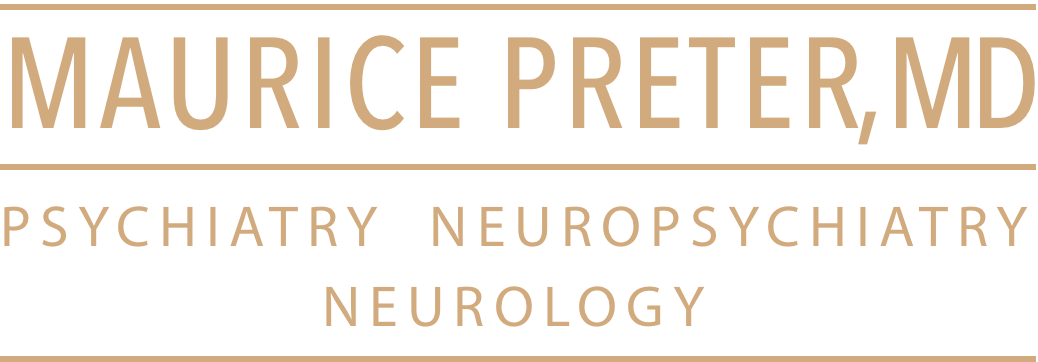A thoughtful, factual reply to an only seemingly balanced, but really tendentious article (see New York Times cartoon accompanying it – which is what most will retain from it). Please read, redistribute and comment. The original New York times article prompting the letter that follows is here.
I will update if and when letter is printed in the NYT. For more on the Independent Doctors of New York/IDNY, please go to our web site.
>>Re: Ms. Rabin’s article “When Doctors Stop Taking Insurance” ?
The answer to why many doctors are no longer accepting health insurance payments is both simple and complex. .
The simple answer: Health insurance companies are for-profit organizations that answer to their boards and shareholders, not patients, to make sure their bottom line is a healthy, black line. The CEOs of these companies make millions in salary, and many more millions of dollar are spent on TV and print advertising needed to lure and keep patients. Each of these takes money away from the medical care they could AND should provide their patients and reasonable reimbursements to physicians.
The complex answer: If for-profit insurers paid physicians a reasonable usual and customary rate (UCR), physicians would be much more receptive to accepting insurance reimbursement. But this is not the case. The for-profit health insurance industry made up their own UCR by bankrolling the company (Ingenix) that was supposed to supply real-world UCRs. However, use of the UCRs developed by Ingenix was found to be fraudulent in New York State, and for-profit health insurers were fined $350 million and required to pay an additional $50 million to create a the new “Fair Health” UCR. Despite this ruling, the insurers found a way around this by jointly declaring that their UCRs would be a percentage of what Medicare pays–the low reimbursement rate the government provides to keep our tax burden for health care low. So, it’s acceptable for insurance companies to get together to set fees, whereas if two doctors get together and discuss fees, it’s considered an antitrust violation.
Today’s young doctors come out of medical school $150,000 to $200,000 in debt. Then there are the expenses of starting and running a medical practice, which are very high. Malpractice insurance often increases yearly in most states due to a failure to enact medical malpractice tort reform (the exceptions are Texas and California who lead the nation in this bold effort to keep medical costs down). Rent and the cost of staff also increase yearly. Yet, insurance reimbursements have not increased in years and there is no law requiring increases linked to inflation or other accepted economic indicators.
Until something is done to reign in the for-profit health insurers, more and more physicians will “opt out” and patients will have less and less access to their physician of choice.
William Rosenblatt MD
President, Independent Doctors of New York
Suite 1D
308 East 79th Street
New York, NY 10075
212-570-6100
<<
